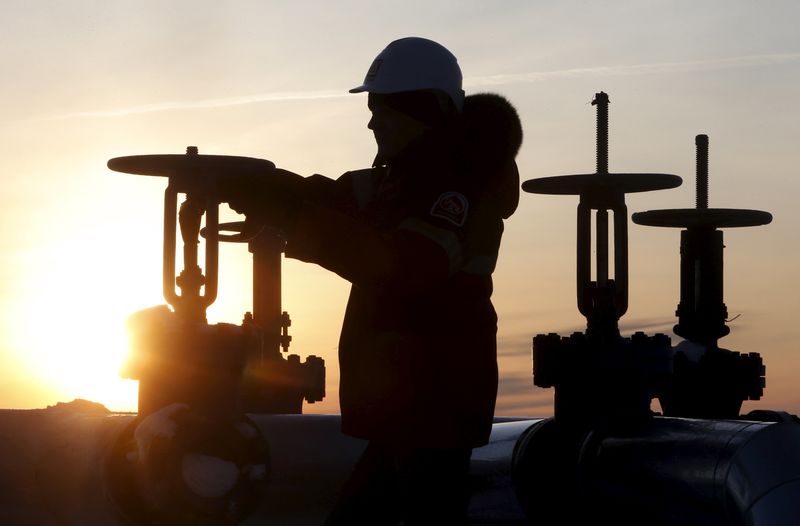By Geoffrey Smith
Investing.com -- Crude oil prices pushed higher again on Friday to hit their highest level since late February, as signs of a tightening spot market and faith in a strong recovery later in the year more than outweighed a disappointingly weak employment report that suggested U.S. demand may continue to struggle in the near term.
By 11:30 AM ET (1630 GMT), U.S. Crude futures were up 1.8% at $51.75 a barrel, while Brent crude futures were up 2.1% at $51.53 a barrel, breaking through $55 for the first time since February 25th.
U.S. Gasoline RBOB prices also continued their march higher, rising 2.8% to $1.5240 a gallon, also an 11-month high.
A combination of factors was behind the move. Newswire reports said that there had been unusually active buying of North Sea cargoes in the Platts window, with seven separate cargoes being bought in one daily session, compared to the one or two transactions more usually seen. The reported buyer for most of the cargoes was China's Unipec. That came in the wake of Saudi Arabia's unilateral production cut and the rise in its official selling prices for February, announced earlier in the week.
The action, combined the sharp drop in U.S. inventories to start the year, has served as a reminder that every price cycle in oil sows the seeds of the next one: the collapse of financing for U.S. shale drillers and the heavy cutbacks in capital spending by international oil major last year must inevitably tighten supply this year, relative to its previous baseline.
Further pressure on the spot market is coming from a spell of extreme cold weather in northeastern Asia, which has lifted LNG prices to their highest level ever. The rally in LNG has been particularly sharp because many people in the region are still working from home - a situation that leads to both offices and households demanding heat simultaneously. That is stimulating demand for heating oil.
Then there is the outlook for the U.S, which has propelled risk assets all week as markets have moved to price in bigger and quicker stimulus from the new united Democratic administration and Congress, all accompanied by a weak dollar that is typically a big support to oil prices.
ING analyst James Knightley said this week's events set the stage for gross domestic product growth of over 5% this year in the U.S., which implies a sharp rebound in oil consumption. For that to happen, however, the U.S. still needs to navigate at least one more quarter of extensive restrictions on business life to bring the pandemic under control again. The U.S.,. Germany and U.K. - three of the world's biggest consumers - all reported record deaths from the disease in the last 24 hours.
